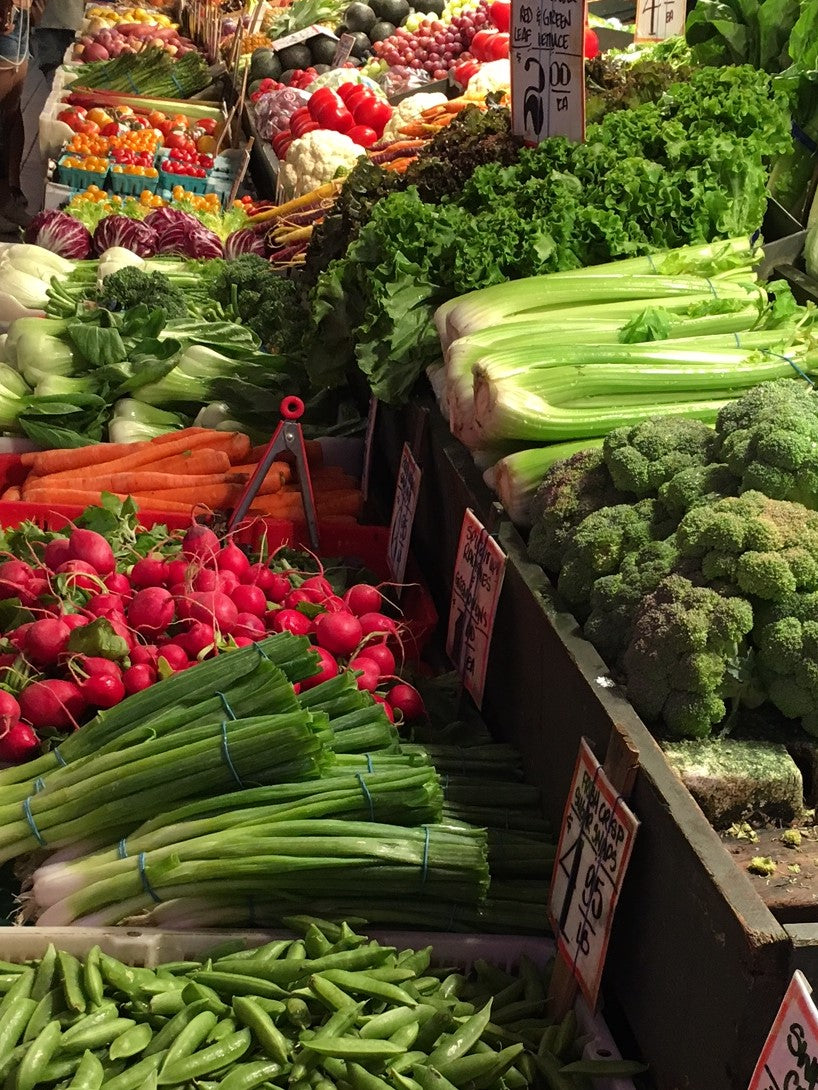On the first day of the AAFCO meeting we were treated to a presentation from a representative of the fruit and vegetable processing manufacturers. With the advent of processed foods comes the production of millions of tons of waste products. New animal feed regulations may limit the usage of these waste products, which presents a problem for the processors.
Currently, 42.2 million tons, or 73% of human food (fruit and vegetable) waste is recycled to animal food instead of going to landfills. Sixteen percent, or 6.8 million tons comes from frozen vegetable procession. It is estimated that 36%, or 15.12 million tons of this waste will no longer be available for use in animal feed under the new FSMA (Food Safety Modernization Act) regulations.
Alternative uses for the food waste include food hierarchy recovery, source reduction, feeding hungry people (now there’s a novel concept!!), feeding animals, industrial uses, composting, and landfill. Unfortunately (for their industry), these wastes have a high moisture content, which makes disposal difficult. The product is too wet for direct composting, digesting, or incineration without removal of the moisture content first. Shockingly, the industry representatives are crying foul, because “de-watering” would require time and (gasp!) MONEY.
Land application (aka fertilizer) is possible, but limited based on ground saturation (again, a moisture problem). But wouldn’t it be nice to return those nutrients to the soil? Landfills will either not accept the waste product due to high volumes and they charge (gasp!) MONEY to accept the waste. Estimates for disposal were:
- Incineration $85/ton
- Digestion $30/ton
- Composting $30/ton
- Landfill $35/ton
- Land spreading $10/ton
Multiply these by the 15.12 million tons that will no longer be acceptable in animal feed under the new FSMA law and you understand the complaint.
FDA’s response to this? “They have no intention to discourage or disrupt use of food waste for animal feed.” FDA developed the rules, but they don’t intend to enforce them. The states say they will enforce and follow the written rules. Food processors are caught in the middle.
Food processors will incur costs for plant renovation to retrofit water collection and reroute drain systems. They will incur costs for waste and program management, divert human food safety resources into animal food safety, and still have product that is not allowed in feed under the new standards.
FDA asked “What is it that we are trying to prevent here?” They acknowledged that hazards rarely occur, human food is well controlled, and it is low risk to divert these products to “feed”.
Which would you prefer for your pet? Real, whole foods including whole fruits and vegetables, or the nutrient-void waste products of the human food industry?
It’s time for these large industries to stop looking at our pets as the landfill for their waste products. This can only happen if consumers fight back. Stop buying waste for your pets. Support small pet food companies and independent retailers that have your pet’s best interests and good health at the forefront of their concern.

